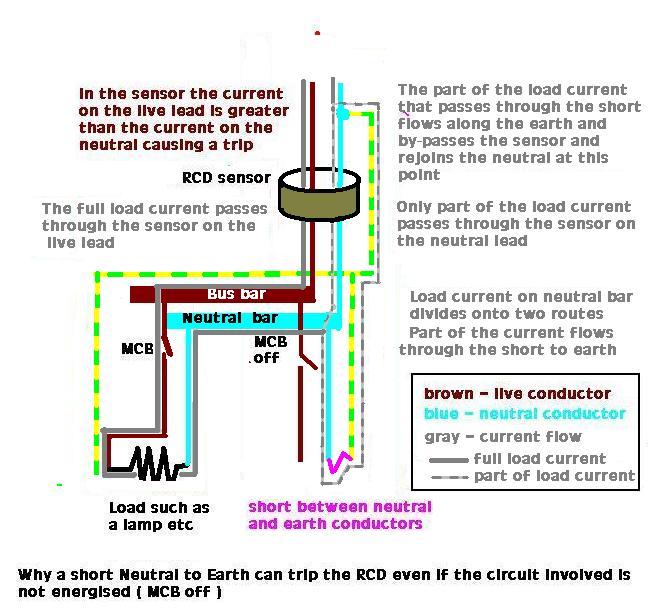I have split board with two rcd's on it and main isolator.
One rcd kept tripping was not letting power through, it latched up but there was no power on top terminals?
After turning off all circuits the rcd would still remain up but no power would pass through, with all mcb's off?
Turned everything off in house and found that I have a knackered table light (sockets) as this caused rcd trip.
My question. How could light cause the rcd fault if all my circuits were off (only earth neutral connected )
One rcd kept tripping was not letting power through, it latched up but there was no power on top terminals?
After turning off all circuits the rcd would still remain up but no power would pass through, with all mcb's off?
Turned everything off in house and found that I have a knackered table light (sockets) as this caused rcd trip.
My question. How could light cause the rcd fault if all my circuits were off (only earth neutral connected )



